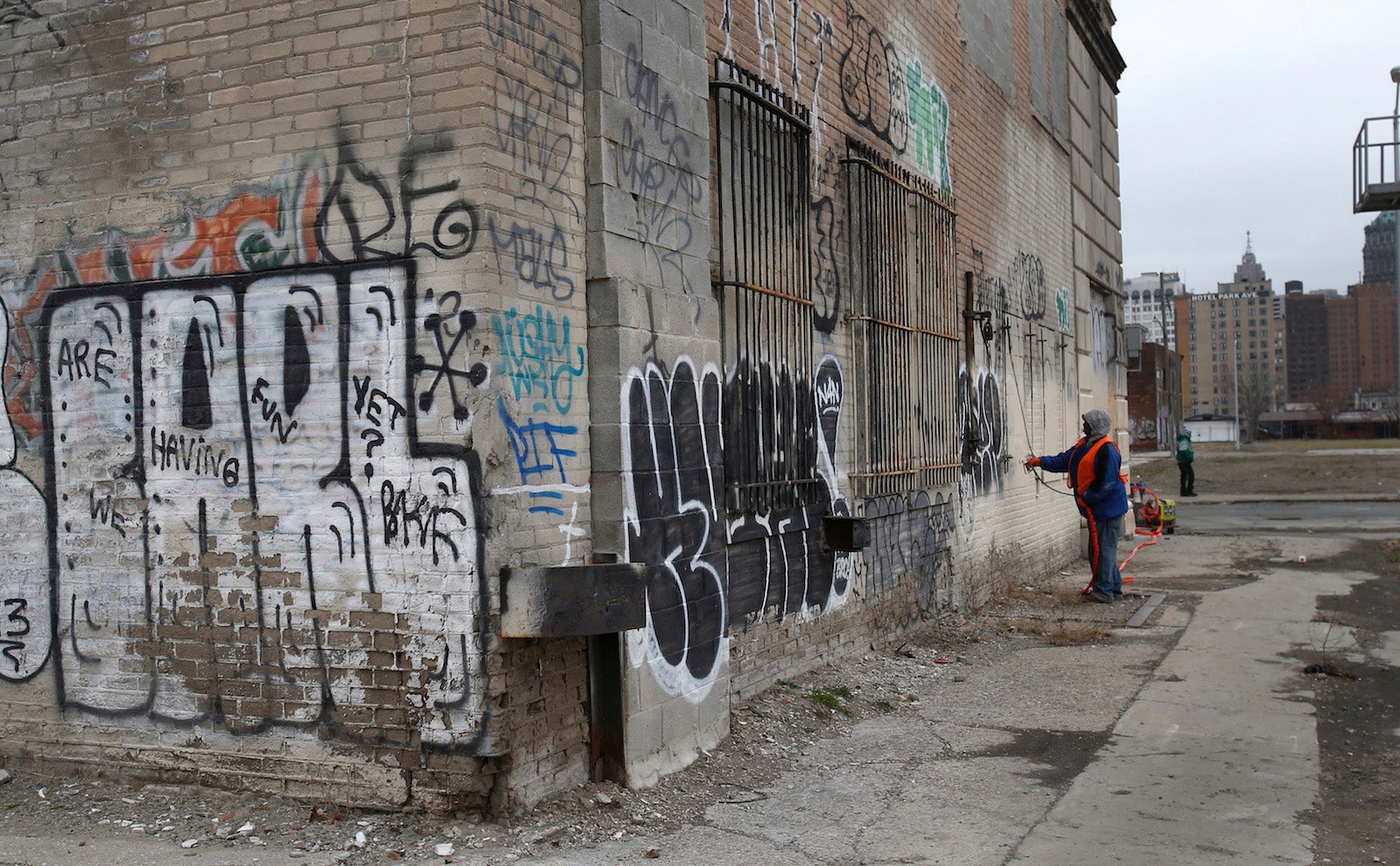JPMorgan is the new welfare
America’s biggest bank is stepping up where governments have failed.


America’s biggest bank is stepping up where governments have failed.
JPMorgan Chase is today unveiling a $500 million initiative called AdvancingCities, designed to revive growth in as many as 30 cities over the next five years (paywall). The focus will be on job training, neighborhood revitalization, growing small businesses, and consumer’s financial insecurity, the Wall Street Journal reported. Examples of society’s ills that the bank will work to address include building more affordable housing and getting commercial businesses into empty buildings.
The bank is taking applications from cities until November and will announce the winning cities by the middle of next year. In that, JPMorgan follows in the footsteps of Amazon, which turned location-hunting for its second US headquarters into something more akin to America’s Next Top Model, forcing US cities to bid against each other to land the $5 billion complex.
If you’re wondering why US governments—city, state, or federal—aren’t taking care of this stuff, good question. Remember that this is a nation where, despite historically low unemployment and a booming stock market, 17% of the population still get support from food stamps (paywall) and where Donald Trump wants to make it harder for millions of Americans to get access to basic welfare.
Many states have huge budget surpluses in the aftermath of the 2008 recession, while cities are crumbling to pieces (paywall). Cities are being forced to borrow more to fund everyday services and repairs, meaning that the costs of servicing debt are taking up more and more of their annual budgets. And pensions and the cost of providing public services are not exactly coming down. In Los Angeles, for example, almost 30% of the budget is taken up by all of these legacy costs combined, according to Merritt Research Services.
It is in this environment that JPMorgan thinks it can make a difference. Half of the bank’s investment will be pure philanthropy via nonprofits, and the other half will be low-cost loans. JPMorgan told the Journal it also expects to tap an extra $1 billion in outside capital.
JPMorgan’s latest endeavor is modeled after its Invested in Detroit program, which the bank put $150 million into between 2014 and 2019. JPMorgan says that effort created 1,700 jobs, 100 new businesses, and trained or retrained around 15,000 people in the years following the largest municipal bankruptcy in US history in 2013.
“A politician has a four-year horizon,” Peter Scher, the bank’s head of corporate responsibility, told Fortune magazine last year. “A banker can have a 20-year horizon.”